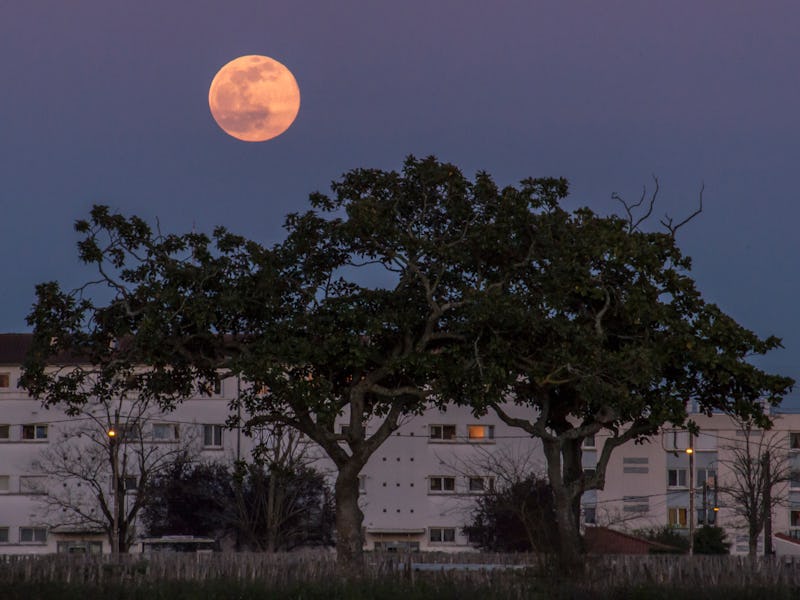Strawberry Moon: You need to see June's bright full supermoon this month
The event peaks on June 14 in the morning, but is visible for several nights before.

Strawberries and fruits aren’t the only beneficiaries of the season. The June Strawberry Moon is another outdoor sight to enjoy in the United States as we move toward summer.
The Strawberry Moon will come to peak illumination on June 14, dominating the night sky. While the nights are shorter at this time of year, the Moon is a great target to spot for the precious few night hours available.
What is the Strawberry Moon?
June’s Full Moon, of course, does not look like a strawberry. But the name evokes tradition by the Algonquin tribes of the United States and Canada, who named the Full Moon after an abundant plant in the region, NASA says.
That’s not the only moniker associated with the June moon. Some Europeans, the agency continues, called this Full Moon either the Mead Moon or the Honey Moon, because honey is also ready to harvest this month. Incidentally, the word “honeymoon” might also be linked to this Full Moon. The word has been found at least as far back to the 1500s in Europe and again, it may be because a lot of weddings took place in June.
This Moon also appears in reference material (attributing to European or Native American sources) as the Flower Moon, Rose Moon, Hot Moon, Hoe Moon, and Planting Moon. Depending on your culture and location, you may have other monikers by which you call the June Moon.
How to see the June 2022 Full Moon?
The Full Moon will reach its peak at 7:52 a.m. Eastern on June 14, but you won’t really see the difference if you look at its near-fullness the night before. The Moon will also appear nearly Full if you take a look the night after, so you do get options if you are clouded out.
While the Moon is available all night, the nights are shorter in June due to the approaching summer solstice. That means you will have a little less time to enjoy its beauty in the night sky.
Some media outlets will call the June Full Moon a “supermoon” because it is near the closest approach the Moon has to Earth in the Moon’s orbit. (This approach is also called a perigee.) You likely will see little difference in the Full Moon’s size, but it’s still fun to know.
The angle the Moon is in relation to the Sun and Earth leads to its many phases.
How much brighter is the Moon during a Full Moon?
Full Moons happen when the Moon, in orbit around the Earth, gets to a point where it is opposite to the Sun. This happens about every 27 days. Sometimes the three bodies line up in such a way that the Moon goes into eclipse, but that won’t happen this time. Instead, the Sun’s light will flow around the edges of our planet and fall fully on the near-facing side of the Moon.
The Full Moon easily outshines everything in the night sky. At magnitude -12.92 on average, it is six times as bright as the Half Moon and considerably brighter than the International Space Station, which peaks at -6. (For perspective, in dark sky conditions most people can see as dim as magnitude 6, and the brightest stars don’t quite reach magnitude -2.)
When is the next Full Moon?
Most years in the Gregorian Calendar, meaning the calendar that most of the world follows, will have 12 Full Moons in the 354 days of the lunar year. But sometimes, the timing of the 365-day Gregorian year allows an extra Full Moon. That won’t happen in 2022, though.
The next Full Moon will reach its peak at 2:37 p.m. Eastern on Wednesday, July 13. July’s Full Moon is usually called the Buck Moon.
This article was originally published on